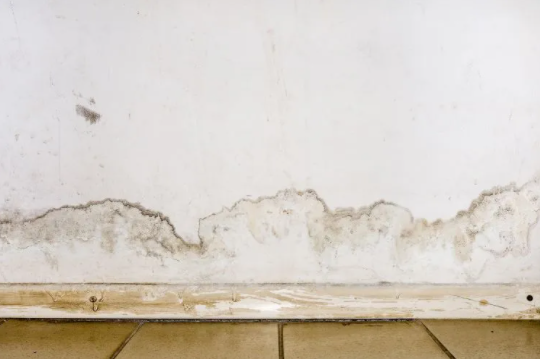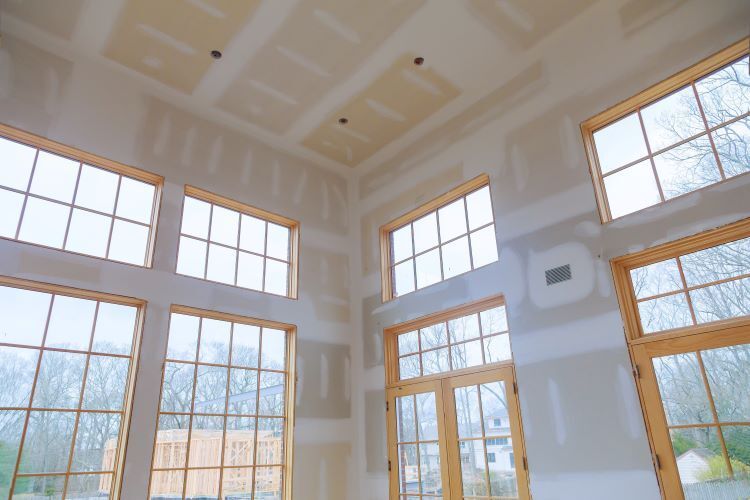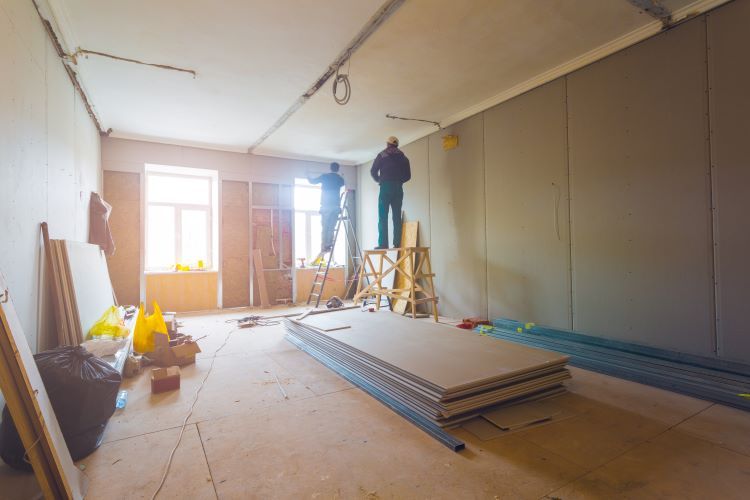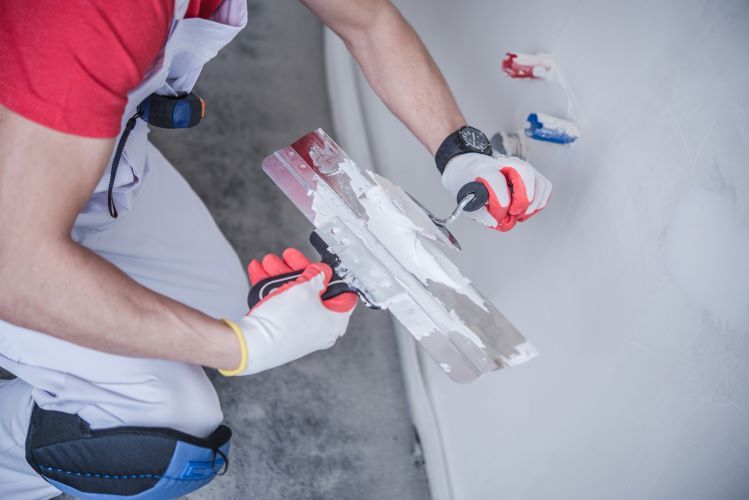The Importance of Timely Water Damage Restoration

Water damage is a common issue that many homeowners face, often due to plumbing leaks, roof leaks, or natural disasters. While it might be tempting to delay repairs, prompt action is crucial to mitigate the damage and prevent further complications. At St. John's Drywallers, we understand the importance of timely water damage repair and are dedicated to providing top-notch services to the residents of St. John's, Newfoundland.
Why Prompt Water Damage Repair is Crucial
1. Prevent Structural Damage
Water can quickly compromise the structural integrity of your home. When drywall, wood, and other materials absorb water, they can weaken and lose their strength. If left untreated, this can lead to severe structural damage that requires extensive and costly repairs. Prompt water damage repair ensures that the affected areas are properly dried and restored, maintaining the safety and stability of your home.
2. Avoid Mold Growth
One of the most significant risks associated with water damage is mold growth. Mold thrives in damp environments and can start growing within 24 to 48 hours after water exposure. Mold not only damages your home but also poses serious health risks, including respiratory issues, allergies, and other illnesses. By addressing water damage promptly, you can prevent mold from taking hold and protect your family’s health.
3. Save Money
Delaying water damage repair can lead to more extensive and expensive repairs down the line. Water damage can spread quickly, affecting larger areas and causing more significant issues. By addressing the problem immediately, you can minimize the extent of the damage and save money on repairs and restoration.
4. Preserve Property Value
Water damage can significantly impact the value of your property. Potential buyers are often wary of homes with a history of water damage due to concerns about mold, structural integrity, and future problems. Prompt repair and restoration help preserve your property’s value and make it more attractive to buyers.
5. Maintain Aesthetic Appeal
Water damage can leave unsightly stains, discoloration, and warping on walls, ceilings, and floors. These issues not only detract from the beauty of your home but can also affect your comfort and enjoyment of the space. Swift water damage repair restores the appearance of your home, ensuring it remains a pleasant and welcoming environment.
Steps for Effective Water Damage Repair
1. Identify and Stop the Source
The first step in water damage repair is to identify and stop the source of the water. This could be a leaking pipe, a broken appliance, or a roof leak. Once the source is addressed, you can prevent further water intrusion and begin the drying process.
2. Assess the Damage
A thorough assessment of the damage is crucial to determine the extent of the repair work needed. This includes checking for hidden moisture, mold growth, and structural damage. Professional water damage repair services, like those offered by St. John's Drywallers, have the expertise and tools to conduct a comprehensive assessment.
3. Dry and Dehumidify
Drying out the affected areas is essential to prevent mold growth and further damage. This involves using specialized equipment like air movers, dehumidifiers, and moisture meters to ensure all moisture is removed. Proper drying can take several days, depending on the extent of the damage.
4. Clean and Sanitize
Water damage can introduce contaminants and bacteria into your home. Cleaning and sanitizing the affected areas help eliminate these hazards and prevent odors. This step is especially important if the water damage was caused by sewage or floodwater.
5. Repair and Restore
The final step is to repair and restore the damaged areas. This may involve replacing drywall, flooring, insulation, and other materials. At St. John's Drywallers, we ensure that all repairs are done to the highest standards, leaving your home looking as good as new.
Conclusion
Prompt water damage repair is essential to protect your home, health, and finances. By addressing water damage quickly, you can prevent structural damage, mold growth, and costly repairs.
At St. John's Drywallers, we are committed to providing fast, efficient, and high-quality water damage repair services to the residents of St. John's, Newfoundland. If you’re dealing with water damage, don’t wait – contact us today to schedule an assessment and get your home back to its best condition.
You might also like



Book a Service Today
We will get back to you as soon as possible
Please try again later
St. John's Drywallers
Navigation
Navigation
Working hours
- Mon - Fri
- -
- Sat - Sun
- Appointment Only
*This is a referral website. All work is performed by professional, licensed contractors.